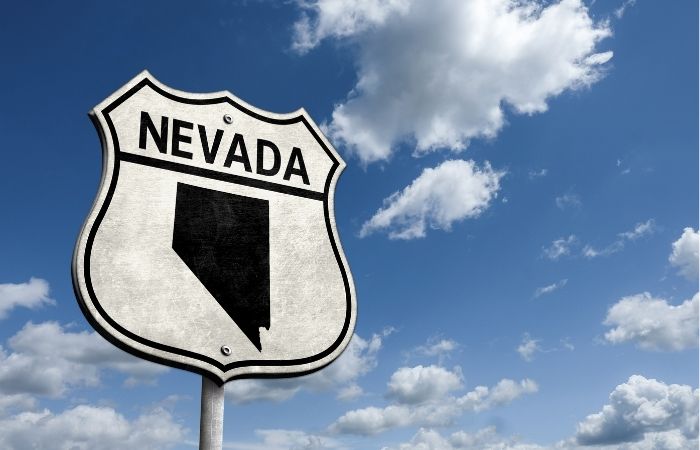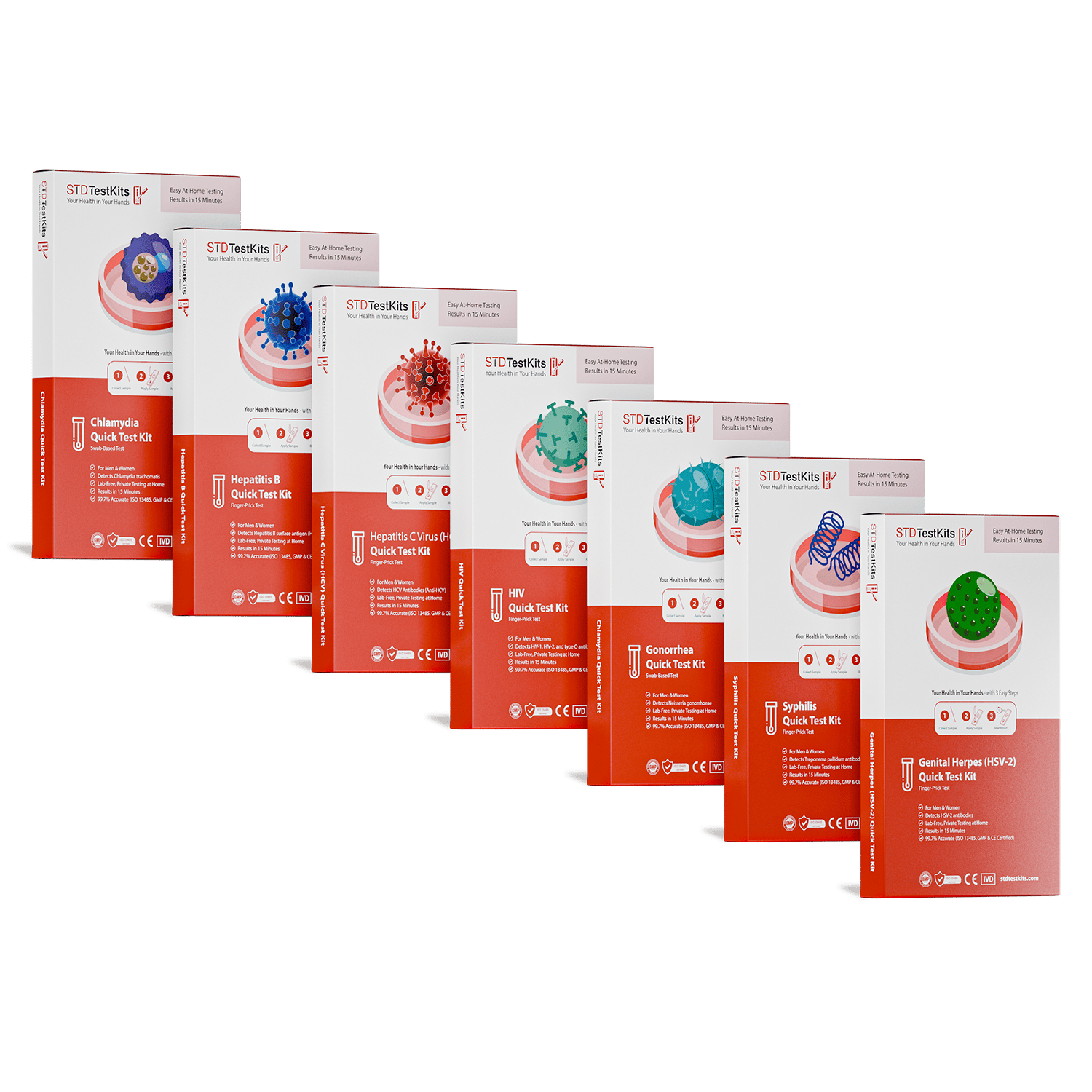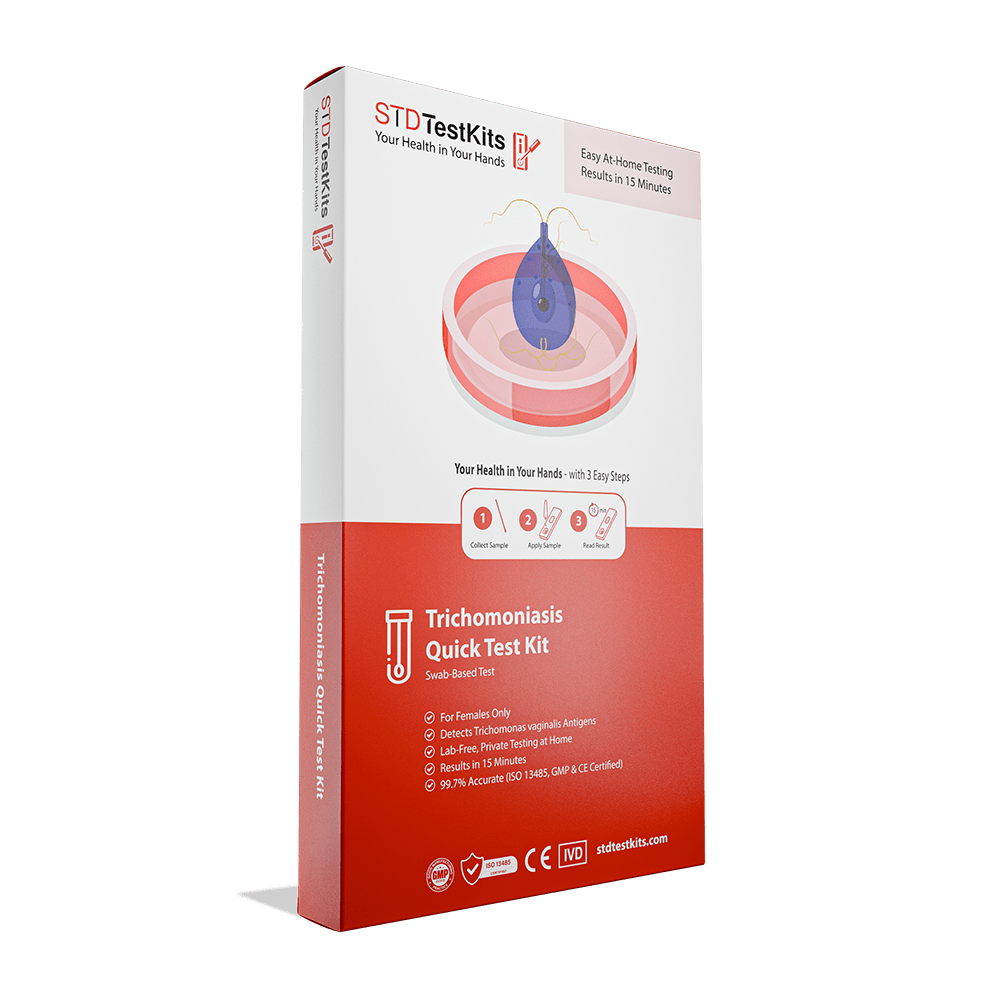The Numbers Don’t Lie Why Non-Sex Workers Often Have Higher Undiagnosed STD Rates
Quick Answer: Nevada’s STD rates are rising across rural and urban counties, not just in Las Vegas. Gonorrhea, chlamydia, and syphilis are all climbing due to underfunding, testing gaps, and asymptomatic spread. Regular testing and early treatment are the most powerful ways to protect yourself and your community.
This Isn’t a Vegas Problem. It’s a Statewide Storm.
The news headline barely registers at first, just another public health stat on your feed: “Nevada leads nation in syphilis cases.” But if you live in Las Vegas, Reno, or even Carson City, this isn’t just a distant warning. It’s your backyard. It’s your friends, your hookups, your partner, your future kid. It’s happening quietly, often without symptoms, and it’s getting worse.
STD rates in Nevada are exploding. In fact, the state now ranks #1 in the U.S. for syphilis, and sits in the top ten for both gonorrhea and chlamydia. Reno alone ranked 69th among all U.S. cities for STD burden, with more than 760 cases per 100,000 residents. That’s not just a Vegas problem, it’s a statewide crisis playing out quietly across counties, college towns, and queer communities who’ve been sidelined for too long.
And yet, most people don’t even know they’re part of the story. Because gonorrhea might not burn. Because chlamydia might not leak. Because syphilis could start as nothing more than a painless bump that fades. Until it doesn’t.
Clark County, the home of Las Vegas, usually takes the heat. But look north. Carson City saw an alarming increase in chlamydia in 2024. Lyon County? Same. In Douglas County, STI testing shortages and limited public health outreach left many residents without access to care at all. In those smaller communities, even one outbreak can ripple fast.
In total, Northern Nevada counties have reported year-over-year spikes in gonorrhea, chlamydia, and congenital syphilis, a version passed from parent to child during childbirth. And while syphilis rates in Las Vegas have dipped slightly, new HIV cases are still rising.
Translation? The STD surge in Nevada isn’t cooling down. It’s shifting. And if you think being in a quieter ZIP code means you’re safer, you’re not. Not when testing isn’t reaching you. Not when education is silent. Not when you think you’d “definitely notice” if something was wrong.

People are also asking: How soon after a hookup should I get tested?
“I Thought That Bump Was a Bug Bite. It Was Syphilis.”
Marcus, 29, lives in Reno. He works remote, goes to farmers markets, plays trivia on Thursdays. He didn’t think much of the bump that appeared near his groin, small, painless, gone in a week. “I figured it was an ingrown hair or something from shaving,” he says. He wouldn’t have tested at all, but his partner asked if they could both get screened.
“It came back positive for syphilis. I didn’t even know people still got that. I didn’t feel sick. I had no idea.”
Marcus was lucky. He caught it early. He got treatment. But not everyone gets that shot. Syphilis spreads silently, and can lead to brain inflammation, vision loss, and even death if left untreated. When passed to a fetus, it can cause miscarriage or stillbirth. Nevada saw a 44% jump in congenital syphilis in just one year.
And still, funding is being slashed.
How Did It Get This Bad?
When people hear “rising STD rates,” they tend to point fingers. More sex. More dating apps. Less condoms. But that narrative is lazy, and dangerously incomplete. Because what’s really behind Nevada’s STD surge isn’t personal recklessness. It’s systemic neglect. It’s disappearing public health budgets. It’s the dismantling of resources that used to catch infections early, treat them quickly, and prevent them from spreading at all.
In 2023, Nevada lost over 75% of its anticipated STD prevention funding. The money that kept clinics open, supported outreach workers, and paid for testing campaigns? Gone. That included more than $10 million meant to help counties track, test, and treat infections before they became outbreaks.
According to public health officials, these cuts were catastrophic. Contact tracing collapsed. Testing stalls went unstaffed. Mobile vans stopped showing up. Entire programs folded just as syphilis, gonorrhea, and HIV were surging.
COVID Broke the System, and It Hasn’t Recovered
Let’s be honest. The pandemic didn’t just stress hospitals, it obliterated routine STD screening. For over a year, many people delayed care. Clinics were closed. Outreach workers were reassigned. People who would’ve caught chlamydia or gonorrhea early? They didn’t even know they had it.
By the time 2022 rolled around, infections had stacked up quietly. Untreated. Unnoticed. And for every one person who didn’t get screened, there were multiple partners left in the dark.
The result? A surge we’re still climbing through. And the worst part? It’s not distributed equally. Communities of color, LGBTQ+ Nevadans, and folks in rural counties face the steepest barriers to care. Less access. More stigma. Fewer places to turn.
“I Had Nowhere to Go, and No Ride to Get There”
Rosa, 24, lives outside Fallon, Nevada. She’d been feeling pelvic pain for weeks, dull at first, then sharp during sex. She didn’t have insurance. The nearest clinic that offered free STD testing was 40 minutes away, and she didn’t have a car.
“I thought maybe it was a UTI. I drank cranberry juice. I waited,” she says. Eventually, the pain got so bad she went to the ER. She was diagnosed with advanced pelvic inflammatory disease (PID), caused by untreated chlamydia. Her doctor told her the scarring might make pregnancy difficult in the future.
“I cried. I was mad. I wasn’t sleeping around. I just didn’t have a way to get tested.”
Rosa’s story isn’t rare. It’s Nevada’s new normal, especially in counties where Planned Parenthood is absent and local health units are stretched to breaking.
The Stigma Is the Symptom
For a lot of people, not getting tested isn’t about laziness or denial. It’s about shame. It’s about not knowing what to ask for. It’s about doctors who roll their eyes, clinics that assume you’re lying, partners who ghost at the first mention of herpes or syphilis.
When STDs are framed as “dirty,” people stop seeking care. When public health campaigns disappear, people stop learning. And when rural counties don’t have reliable screening options, infections spread in silence.
This isn’t just about sex. It’s about survival. Early detection is what keeps syphilis from reaching your brain. It’s what keeps chlamydia from turning into infertility. It’s what stops you from passing something to a partner, or a baby, without knowing.
If Nevada is going to survive this surge, it’s going to take more than condoms and PSAs. It’s going to take rebuilding trust, access, and a public health system that doesn’t abandon people because of where they live or who they love.
So What Can You Actually Do About It?
Here’s the truth: You don’t have to wait for the state to fix it. You don’t need to be perfect. And you definitely don’t need to be scared. What you need is a plan. Testing isn’t just for “risky” people, it’s basic maintenance. Like brushing your teeth, or checking your oil. It’s how you protect your body, your partners, your peace of mind.
If you live in a part of Nevada where getting tested feels complicated, long waitlists, awkward clinics, nowhere to park, you’ve got options. STD Test Kits lets you test from home, no appointments, no questions, no judgment. Just accurate results and a clear path forward.
And if you’re near Las Vegas, Reno, or Carson City, free or low-cost walk-in clinics are still available. Some even offer same-day results. You don’t need to feel symptoms. You don’t need to be in a relationship. If you’ve had sex in the last 12 months, you qualify for screening.

People are also reading: Not Just a Scare: Why HIV Testing After Anal Sex Could Save Your Life
“Getting Tested Was the First Time I Felt in Control”
Jordan, 22, moved to Reno for college. They’d had a couple of partners during their first year, but never got tested because they “didn’t feel sick.” When they started dating someone new, the conversation came up. “She said, ‘Hey, I test between partners. Wanna go together?’ I felt embarrassed. But also kind of grateful.”
They went to a free clinic together. Jordan tested positive for gonorrhea. No symptoms. No idea. They took one round of antibiotics and were cleared within a week.
“I didn’t feel gross, I felt empowered. Like, okay. I know what’s in my body. I took care of it. That’s grown-up energy.”
That’s what testing is. It’s not a scarlet letter. It’s a survival tool. A relational flex. A way of saying, “I respect myself, and the people I touch.”
Let’s Talk About Sex (Like Adults)
If you’re reading this, there’s a good chance you’ve had sex recently, or you’re thinking about it. You’re not reckless. You’re curious. You care. And that already puts you ahead of the curve.
Let’s normalize the conversations that matter:
If you’re in a situationship? Talk testing. If you’re planning to go down on someone? Ask about cold sores. If you’ve ever had an odd rash, discharge, or sore that “just went away,” don’t ignore it. Book the test. Take the meds. Move on.
Herpes, gonorrhea, syphilis, chlamydia, none of these infections define your worth. But knowing your status? That defines your power.
Whether you test at a clinic or order an at-home combo kit, you’re doing something brave. And smart. And bigger than you. Because every person who knows their status chips away at the silence that got us into this crisis in the first place.
FAQs
1. What does an actual HIV rash look like?
Think flat or slightly raised reddish spots across your chest, back, or arms. On darker skin, they can look purplish. It usually doesn’t itch and shows up alongside fever, sore throat, and fatigue about 2–4 weeks after exposure. If you’ve got just an itchy chest rash after the gym? Probably not HIV.
2. Why do so many people confuse heat rash with HIV?
Because fear hijacks logic. Heat rash pops up when you’re sweaty, wearing tight clothes, or stuck in humid weather. It can look blotchy and red, and in that 2AM Google spiral, any red bump equals “oh my god, HIV.” The difference? Heat rash clears once you cool off. HIV rash won’t vanish after a shower and a change into cotton PJs.
3. Can syphilis rash look like HIV rash?
Yes, and that’s why doctors test for both together. Syphilis rash loves to appear on palms and soles, places HIV rash doesn’t usually go. It also doesn’t itch. The only way to know? Testing. You can’t eyeball your way to certainty.
4. I had unprotected sex last week and now I have a rash. Is it HIV?
Short answer: HIV doesn’t work that fast. Symptoms take 2–4 weeks after exposure, minimum. A rash that shows up after a weekend hookup is more likely irritation, an allergic reaction, or even heat rash. Still worried? Test at the right time. Until then, don’t torture yourself with what-ifs.
5. Does HIV rash itch?
Usually not. If you’re clawing at your skin, it’s probably something else, eczema, allergy, heat, or scabies. HIV rash is more of a silent patchwork, not an itchy nightmare.
6. Why does Google only show HIV rashes on white skin?
Because medical imagery has a representation problem. HIV affects Black and brown folks at higher rates, yet the pictures don’t reflect that. On dark skin, the rash might look purple, brown, or just “different texture.” That’s why listening to your whole body and testing matters way more than staring at stock photos.
7. Could my new meds cause this rash instead of HIV?
Totally. Antibiotics, antivirals, even basic ibuprofen can cause drug rashes that mimic HIV. If your rash showed up right after starting something new, that’s a big clue. Still, don’t self-diagnose. Call your provider or test for peace of mind.
8. Do I need to tell my partner if I’m just worried about a rash?
You don’t owe anyone a play-by-play of your anxiety spiral. But if you think you were exposed to HIV or another STD, it’s smart and respectful to have the testing convo. Something like: “Hey, I’m getting tested just to be safe, want to do it together?” Direct, non-shamey, and actually kind of hot.
9. Can an at-home test really tell me if it’s HIV?
Yes. FDA-approved home kits like OraQuick can give you answers in 20 minutes, though they work best a few weeks after exposure. For earlier detection, lab-based fourth-gen tests are the gold standard. Either way, testing beats scrolling yourself sick.
10. Why do I keep thinking every rash is HIV?
Because health anxiety is real, especially around sex. Bodies are complicated, and shame makes every bump feel like a threat. The way out isn’t ignoring your fear, it’s grounding it in facts, timelines, and tests. That’s how you break the cycle.
Before You Blame Yourself, Blame the Silence
It’s not your fault that clinics closed. It’s not your fault that STD funding got gutted. It’s not your fault that your doctor never mentioned syphilis or herpes when you said, “Something feels off.”
But it is your power to know. To test. To protect your body and the people you care about. To have sex like someone who deserves full access to the truth, because you do.
Whether you’re in Vegas or Fallon, Reno or Mesquite, this surge isn’t just a number. It’s your neighborhood. Your hookup pool. Your future. And you don’t have to wait for the system to catch up. This at-home STD test kit can give you answers within days. No insurance. No judgment. Just facts. Just power.
Sources
2. AP News
3. News 4 Reno – STD Spikes in Rural Nevada







